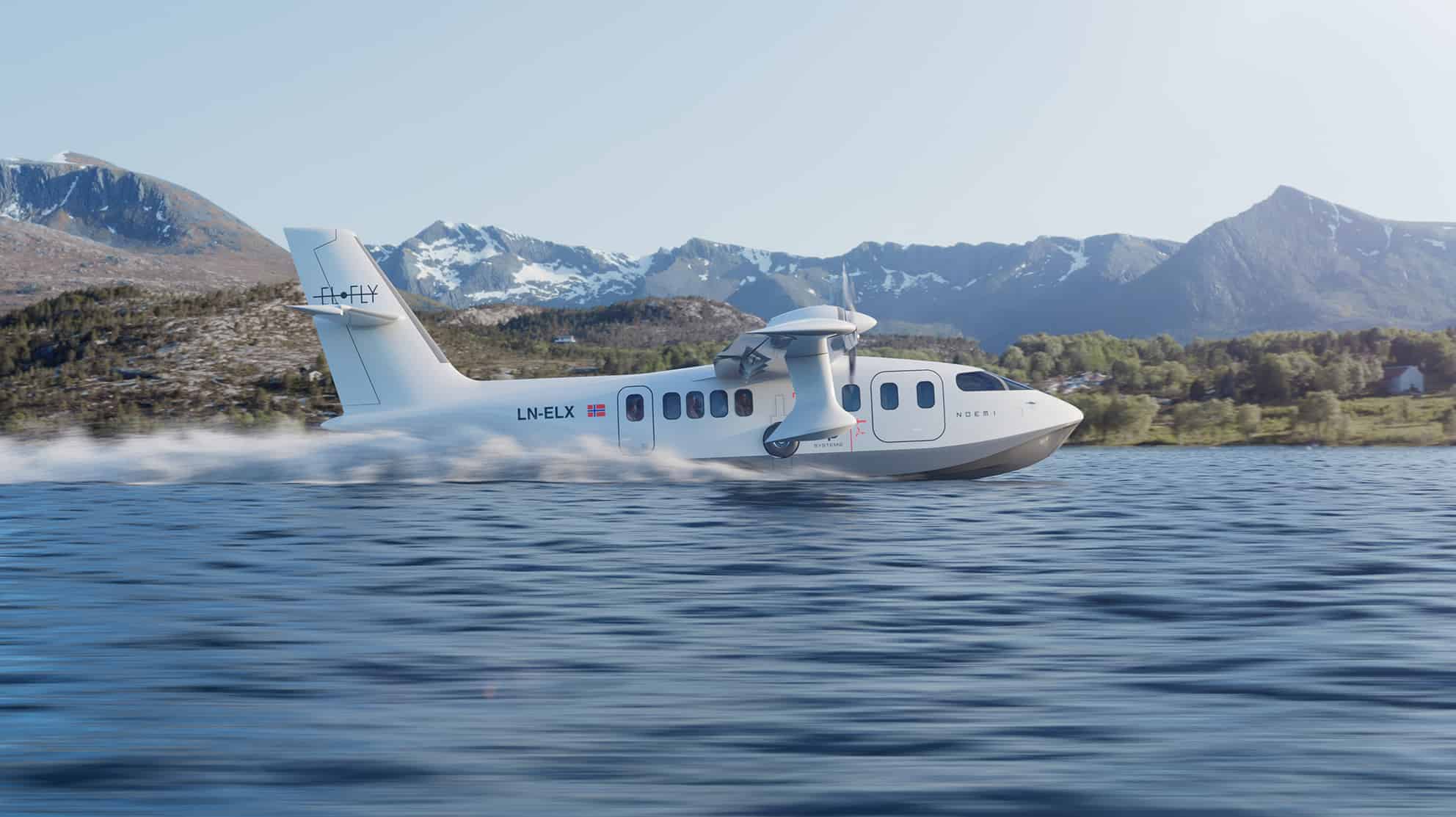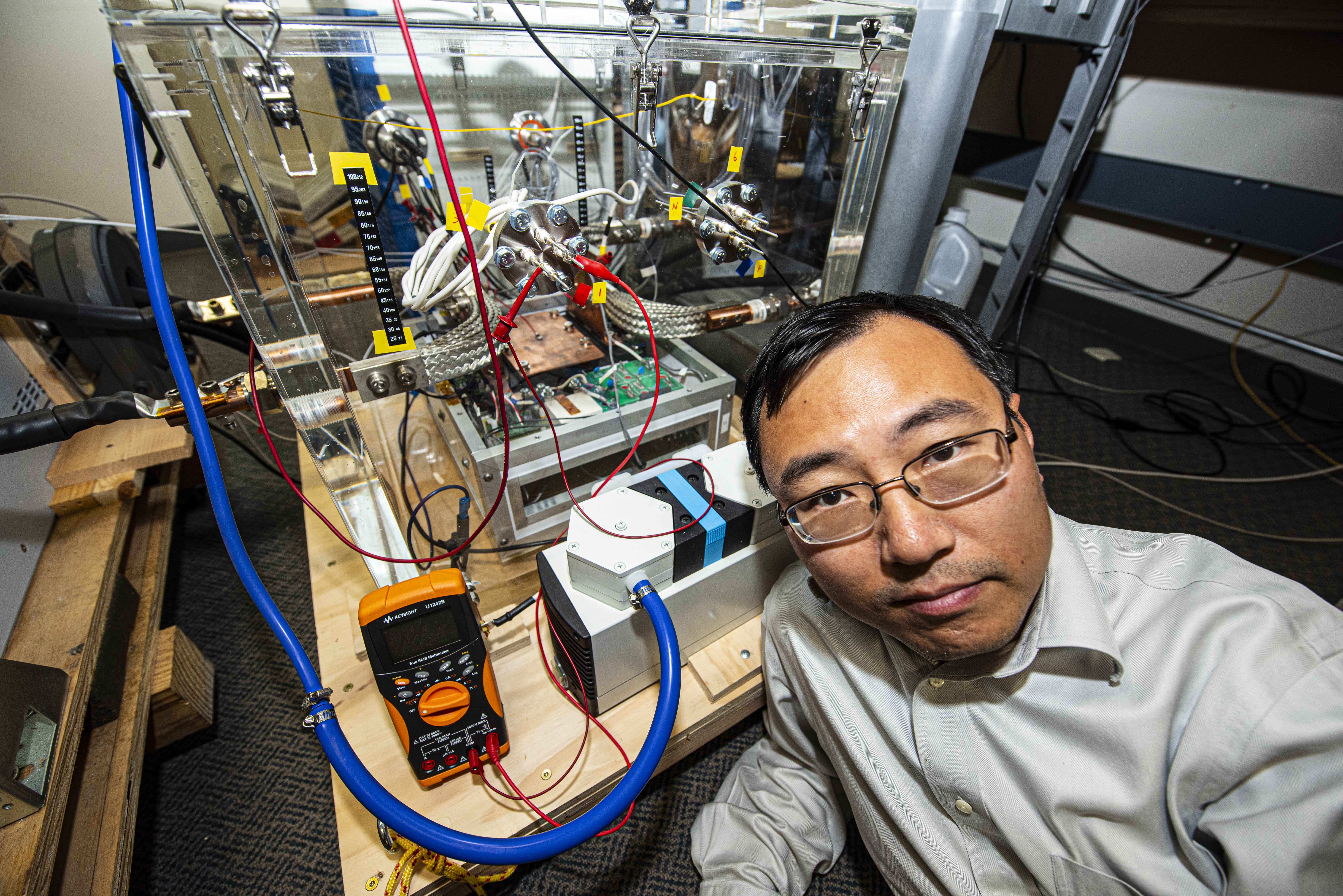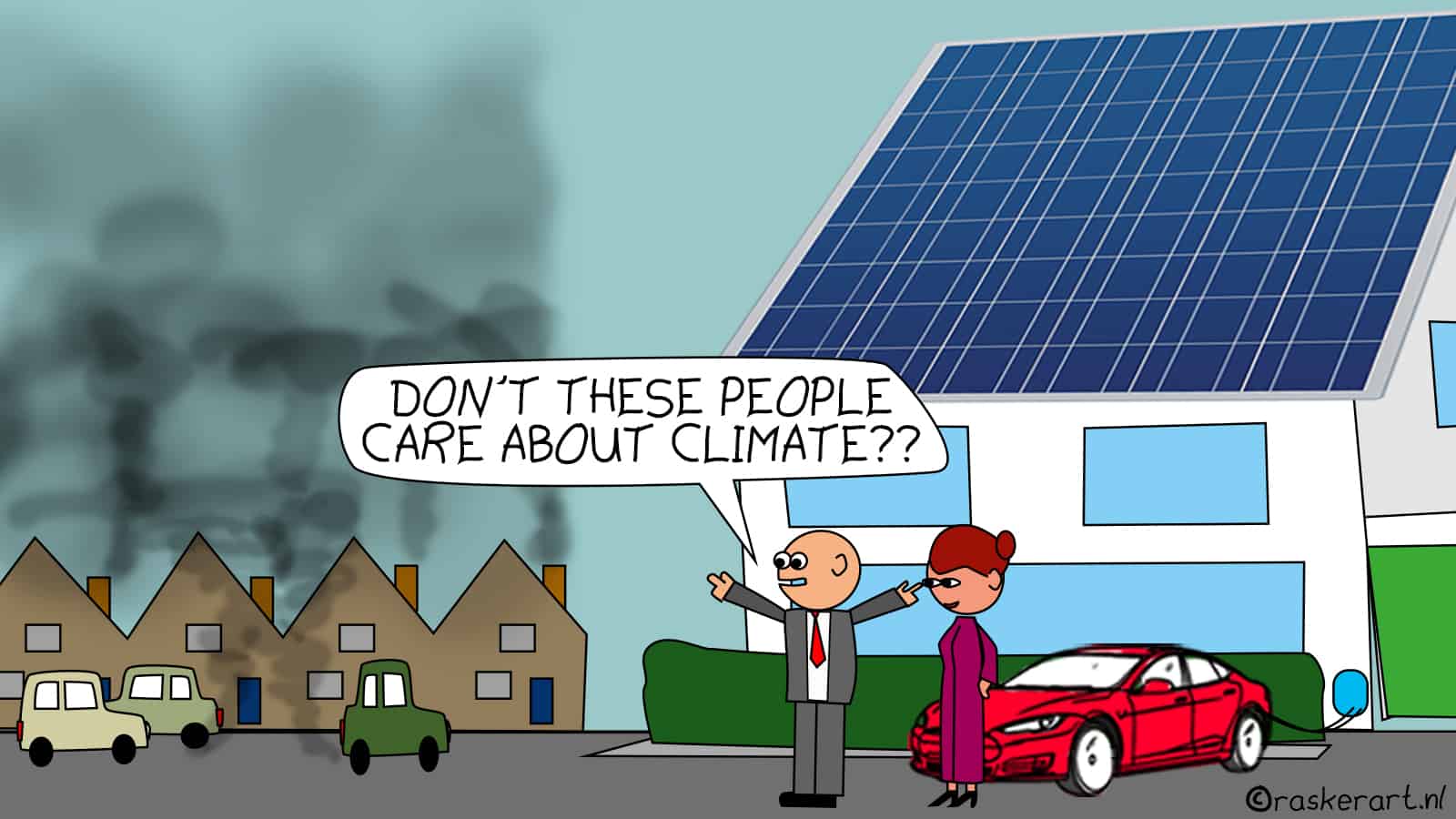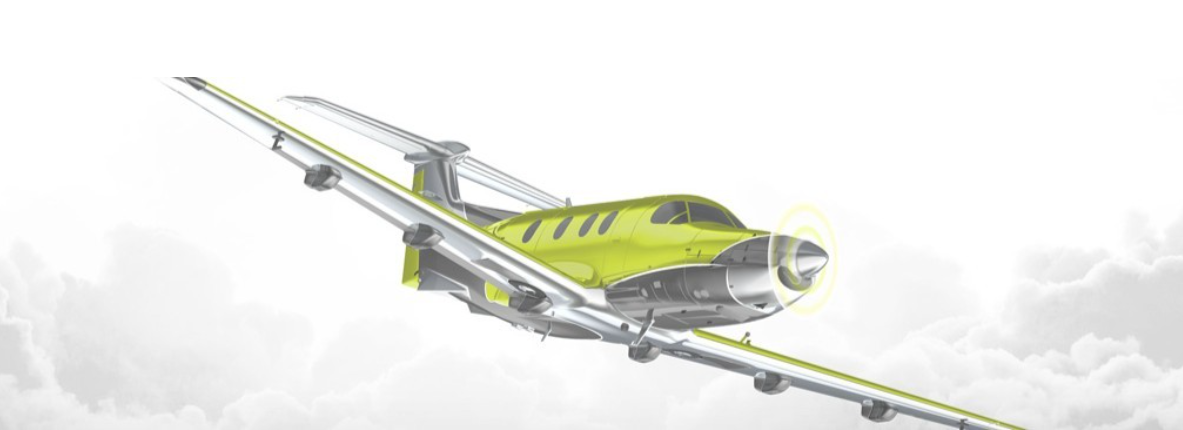
Ever since developing electric speedboats at Ripple Yachts, I have always been fascinated by the cleanness, power, and efficiency of electric traction.
Speedboats and aeroplanes are not that different actually. They both require high levels of power and low weight, therefore their performance and endurance on electric propulsion are limited by the maximum amount of heavy batteries they can carry on board.
Using the experience with the 250kW drives in the boats and the state-of-the-art developments in motors and battery systems, I have kept feasibility calculations for electric flight since 2016, in the hope of predicting the moment when we would be able to pivot the company to “Ripple Planes” 😀.
After analyzing existing certified airframes and electric motors, as well as planned and foreseeable iterations on current battery technology, it became clear that fully-electric 250+km flights with up to 6 passengers will be realistic somewhere between 2025 and 2027. In addition, these flights would be well ahead of any other significant developments in sustainable aviation because of:
- the inherent inefficiency of energy use in alternatives like sustainable aviation fuels (SAF) and hydrogen. Less efficient by at least a factor of 5 compared to battery-electric propulsion.
- The stringent safety regulations in aviation that delay any radical or currently unproven designs. Anything beyond incremental innovation may take more than a decade to test and certify and will suffer from major risks and uncertainty.
- The inability to fully remove emissions in any combustion alternative, even though the fuels can be manufactured without emissions.
In case you are interested in details, I have documented my research and reasoning in this whitepaper.
Obviously, 250 km flights have no appeal to the classic aviation industry as this is not a commercially interesting niche for them. This means that the industry (airlines, manufacturers, and research) focus on alternatives that should allow long-range, large-scale aviation. This is a highly rational and understandable priority, considering the scale and economics of current operations.
But for the industry, this is a huge missed opportunity…
Firstly, with the industry focusing -mainly- on radical new designs and alternatives that may never reach zero-emissions or guarantee efficient use of zero-emissions resources, aviation will apparently become an industry that is lagging behind in the energy transition. Whereas other industries can reach true zero-emission performances using currently demonstrated technology in a relatively short time.
Secondly, the small-scale 250-500 km travel niche may not be commercially interesting compared to large-scale long haul flights, but it does represent a substantial market in Europe.
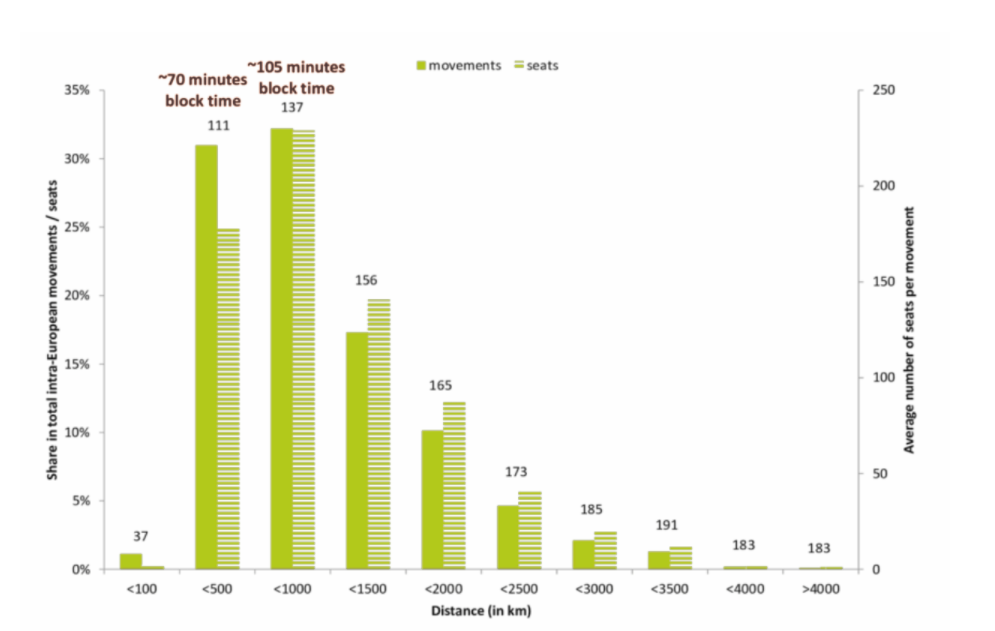
The advent of many taxi flights and VTOL initiatives are proof of the commercial interest in short distance commercial air transport. In addition, when it comes to emission-free alternatives, this niche cannot simply be offloaded to high-speed trains or other land-based alternatives due to infrastructure limitations.
Why is nothing happening yet?
Therefore, I am very surprised to not find a single zero-emission aviation initiative that has taken realistic steps towards certification of a viable commercially operational aeroplane in 2025. The list of initiatives is growing but focuses mainly on long-shot, hard to certify urban VTOL (Vertical Take-off and Landing), large-scale, long-distance aviation, and trainers.
When I made inquiries to several initiatives on the list, it struck me how few of them have a realistic path to certification and how others are merely visions or marketing/PR efforts.
Can it provide short-term added value?
The desire to meet, explore, and travel faster is strongly fixed in the fundament of humans. That is why we keep on flying. To illustrate this point, in the post-COVID world, 6-passenger business jet aviation has grown enormously due to virus fears, even though it is the dirtiest form of transport available
It appears that we can not reduce emissions by limiting people from using aviation, hence we need to implement emission-free aviation wherever possible. We need an outlook on flying with no compromises.
We should not need to depend on high-speed trains.
We should not need to be restricted to video meetings.
We should not feel guilty about flying to vacation spots.
(I will leave aside the options of taxing, demotivation, or compensation as methods to fix aviation emissions, as these are inherently destructive and inefficient alternatives.)
Within the speedboat development company, I learned something about consumer behavior and sustainability: Any sustainable product or service will be significantly more successful when it offers only limited compromises to the classic alternative. True idealists and early adopters aside, the majority of consumers will invariably have low tolerance towards compromises.
In the world of boats, this meant that if a boat would be slower, have less range, is smaller, or significantly more expensive, they would opt for the diesel version. Obviously, we have seen this over and over again with electric cars, sustainable housing, etc.
Although small electric airplanes and demonstrators have been flying for about a decade, we need fast, pressurized cabin class machines before we are able to replace a substantial part of classic aviation with zero-emission operations without compromise and still make a profit.
Now that we have calculated that this is achievable within just a few years in the niche of small-scale short intercity flights, this niche should easily become emission-free!
The need to be fast
We are missing opportunities here. We know there will be ambitious fixes in the long term, but we need a zero-emission aviation example to lead change. It will boost innovation and reputations in a highly criticized industry.
We should not look too far ahead, but start working on what is feasible and demonstrable.
Aviation needs to make a strong shift. Not one of adopting fuels that are not as bad, not one of marketing research on far-future alternatives, but examples that demonstrate clean commercial capabilities right now!
The day any regular traveler can buy a ticket to fly between Amsterdam and Paris, Paris and London, or Frankfurt and Berlin using a fully electric zero-emission aeroplane is the day when we start the real paradigm shift.
This is a nice call to action, but what do you propose, Tom?
We are closer than you may think. Electric propulsion technology that has sufficient power is already readily available (see below a demonstration on a C208).
The automotive industry invests a huge amount in battery technology that we need in 2025. There are existing aeroplanes in production that perform well enough to be converted to electric propulsion.
Existing turboprop cabin-class 6-9 seater production aeroplanes like the Pilatus PC-12 provide sufficient airframe performance and capacity to allow conversion with readily available axial flux permanent magnet AC motors from manufacturers like Siemens or MagniX. They also meet the standards for commercial operation.
Incremental innovation
Because (roughly speaking) only the engine, pressurization and fuel system will be replaced by the electric motor and the batteries, many well-proven and readily available certified systems will remain unaffected. This limits testing and certification efforts and the time that is required to acquire Type Certificates (or perhaps even Supplemental Type Certificates) under the EASA CS-23 regulations, which allow for express certification.
Batteries will require frequent (about once every 2-3 years) replacements due to their life cycle. This is similar to the large maintenance intervals of gas turbine aeroplanes. The continuous development of battery mass density allows for the rolling certification of new battery chemistries and architectures every few years, allowing electric aeroplanes to increase their range or their practical load during their productive life.
Even though current batteries will not provide an ideal level of endurance for electric commercial operations, a lot of work can already be done in the certification of other parts and in the preparation of operations. As soon as batteries have reached sufficient mass density, they will then be the last element to be certified. This would enable a quick start.
Next steps, a concrete plan
There is no need to certify any new aeroplane manufacturer or operator. It is probably likely that partnerships can be formed which work towards financing rounds.
Between 2021 and 2023, an experimental technical implementation for electric propulsion could be made with a testbed aeroplane, This could be any airworthy pressurized turboprop single plane with its engine nearing a large overhaul. Ground tests of the motor and auxiliary systems would ensure that significant steps could be made towards certification.
Once sufficient reliability is achieved, using an experimental permit to fly from a national CAA, flight tests of the motor and auxiliary systems could be undertaken with temporary batteries in the passenger cabin. EASA certification of the combination of the motor and the airframe could then be finalized. Using the experience of a current AOC holder, electric operations certification could also be started. Charging infrastructure could be installed in cooperation with aerodromes.
In 2024-2025, the most recent insights in battery technology could be used for selecting the newest, and best battery technology, replacing the temporary battery with a definitive, certified choice. Lastly, the complete aeroplane could be prepared for low-effort battery changes. This would allow a rolling battery technology certification program to be started, which would enable incremental endurance improvement over the years.
In 2025, the conversion or new construction of operational aeroplanes could start, which would enable commercial operations to commence in 2026.
This is not rocket science, but just a matter of getting it done.
Almost all current initiatives focus on experimentation for long-term, large-scale solutions. But let’s start by actually getting routes commercially operating wherever possible. You’d be surprised by how long these initial simple commercial operations may be the only zero-emission operations around then.
Read more on electric aviation on Innovation Origins


